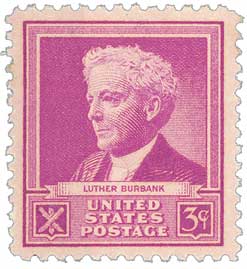
1981 20¢ Desert Plants
City: Tucson, AZ
Quantity: 47,890,000
1981 20¢ Desert Plants
City: Tucson, AZ
Quantity: 47,890,000
Birth Of Luther Burbank
The thirteenth of eighteen children, Burbank spent his childhood on his family farm enjoying his mother’s large garden. He only received a high school education but would go on to become a pioneer in agricultural science.
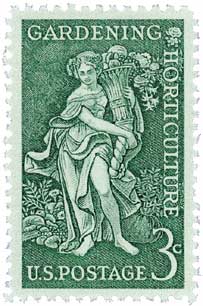 Following his father’s death, Burbank used his inheritance to buy 17 acres of land near Lundenburg. There he developed the Burbank potato and sold the rights to it for $150. He then used that money to travel to Santa Rosa, California, in 1875. The Burbank potato was later renamed the Russet Burbank potato and became one of the most widely used potatoes for food processing, such as for French fries.
Following his father’s death, Burbank used his inheritance to buy 17 acres of land near Lundenburg. There he developed the Burbank potato and sold the rights to it for $150. He then used that money to travel to Santa Rosa, California, in 1875. The Burbank potato was later renamed the Russet Burbank potato and became one of the most widely used potatoes for food processing, such as for French fries.After moving to California, Burbank bought four acres of land and set up a greenhouse, nursery, and experimental fields. He used these fields to experiment with crossbreeding after reading Charles Darwin’s The Variation of Animals and Plants under Domestication. He later expanded his plot by another 18 acres.
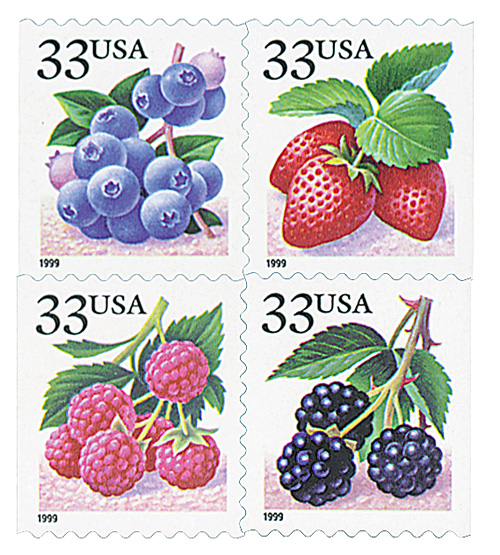 In the coming years, Burbank began producing popular plant catalogs, most notably his 1893 “New Creations in Fruits and Flowers.” Around this same time, Burbank met Clarence McDowell Stark, of Stark Bro’s Nurseries & Orchards. At the time, Burbank was running a small seed and nursery business to make ends meet, distracting him from his brilliant work in hybridizing. Stark believed he was wasting his time with the nursery business so he offered him $9,000 for three varieties of fruits.
In the coming years, Burbank began producing popular plant catalogs, most notably his 1893 “New Creations in Fruits and Flowers.” Around this same time, Burbank met Clarence McDowell Stark, of Stark Bro’s Nurseries & Orchards. At the time, Burbank was running a small seed and nursery business to make ends meet, distracting him from his brilliant work in hybridizing. Stark believed he was wasting his time with the nursery business so he offered him $9,000 for three varieties of fruits.Burbank also had fans, The Luther Burbank Society, which worked to publish his discoveries and manage his business dealings to help him out financially. Additionally, from 1904 through 1909, the Carnegie Institution gave Burbank several grants to fund his research. Andrew Carnegie was a strong supporter of Burbank.
 Over the course of his life, Burbank developed hundreds of new varieties of fruits, vegetables, grasses, and flowers. Some of the most notable include the Shasta daisy, the fire poppy, the July Elberta peach, the Santa Rosa plum, the Flaming Gold nectarine, the Wickson plum, the freestone peach, and the white blackberry.
Over the course of his life, Burbank developed hundreds of new varieties of fruits, vegetables, grasses, and flowers. Some of the most notable include the Shasta daisy, the fire poppy, the July Elberta peach, the Santa Rosa plum, the Flaming Gold nectarine, the Wickson plum, the freestone peach, and the white blackberry.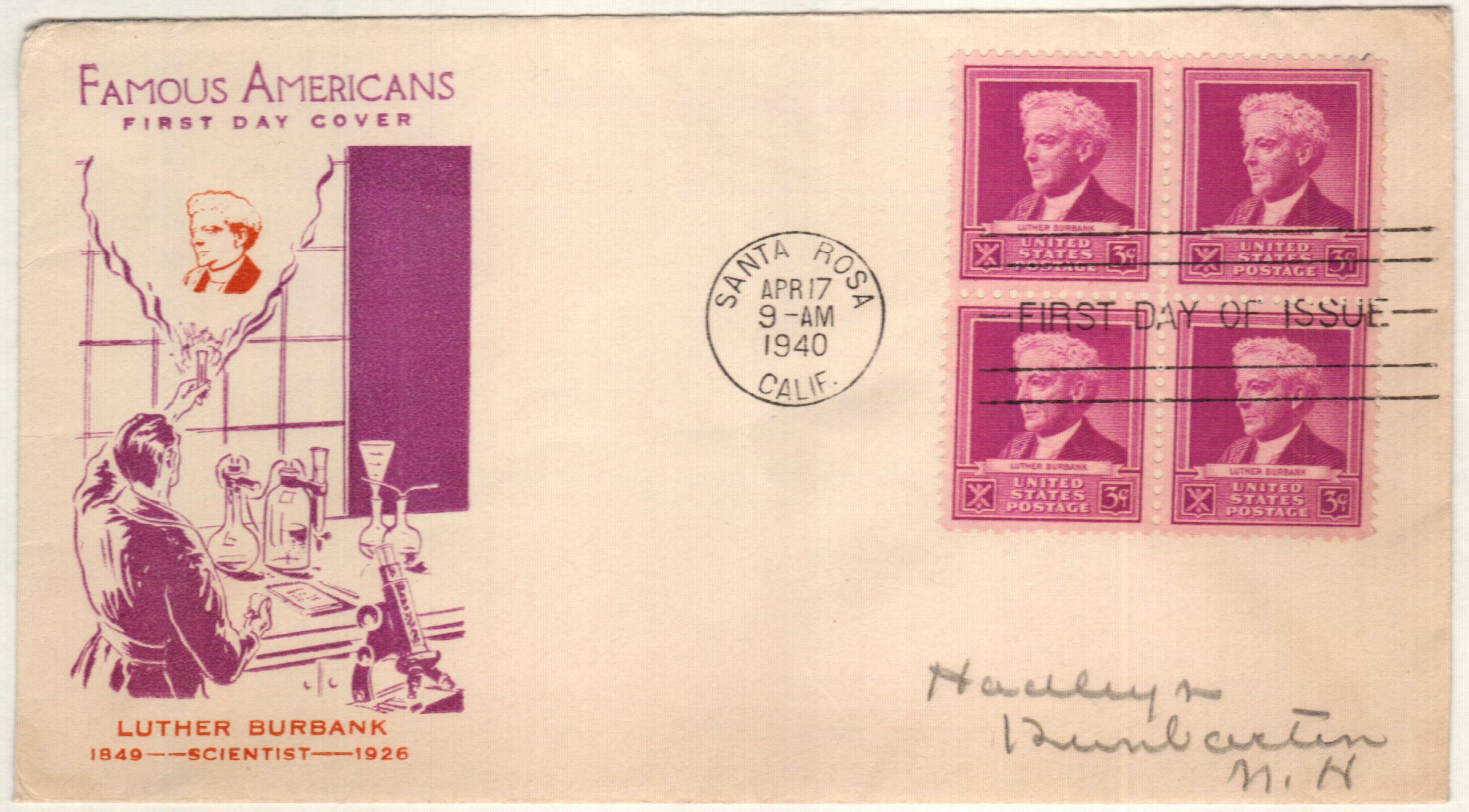
After several weeks of health issues, Burbank died on April 11, 1926. He was buried in an unmarked grave at the Luther Burbank Home and Gardens in Santa Rosa, California. Burbank left everything to his wife, who then continued the partnership with the Stark brothers. After Burbank’s death, they discovered hundreds of fruit and flower varieties that he’d developed but never marketed and began to sell them in their catalog.
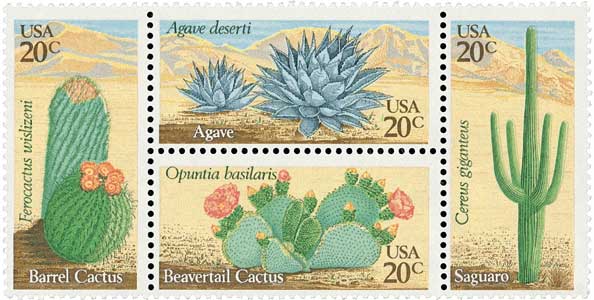 Burbank wasn’t a traditionally trained scientist and didn’t keep detailed notes of his experiments. He believed his time was better spent in the garden. He also may not have wanted to share too much information because there was no way to protect his discoveries from being duplicated by someone else. However, four years after his death Congress passed the 1930 Plant Patent Act, which allowed for the patenting of new plant varieties. Thomas Edison testified in favor of the bill claiming that it would “give us many Burbanks.” Once it was passed, Burbank was posthumously awarded 16 patents.
Burbank wasn’t a traditionally trained scientist and didn’t keep detailed notes of his experiments. He believed his time was better spent in the garden. He also may not have wanted to share too much information because there was no way to protect his discoveries from being duplicated by someone else. However, four years after his death Congress passed the 1930 Plant Patent Act, which allowed for the patenting of new plant varieties. Thomas Edison testified in favor of the bill claiming that it would “give us many Burbanks.” Once it was passed, Burbank was posthumously awarded 16 patents.


